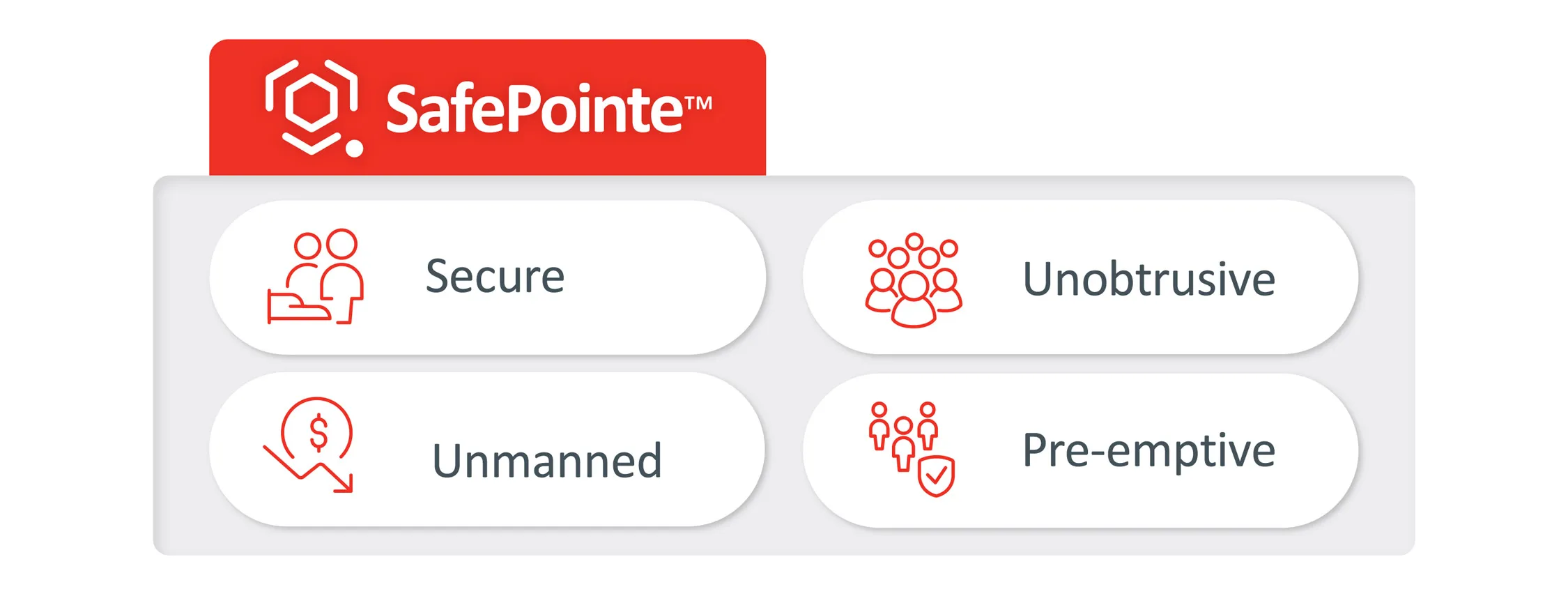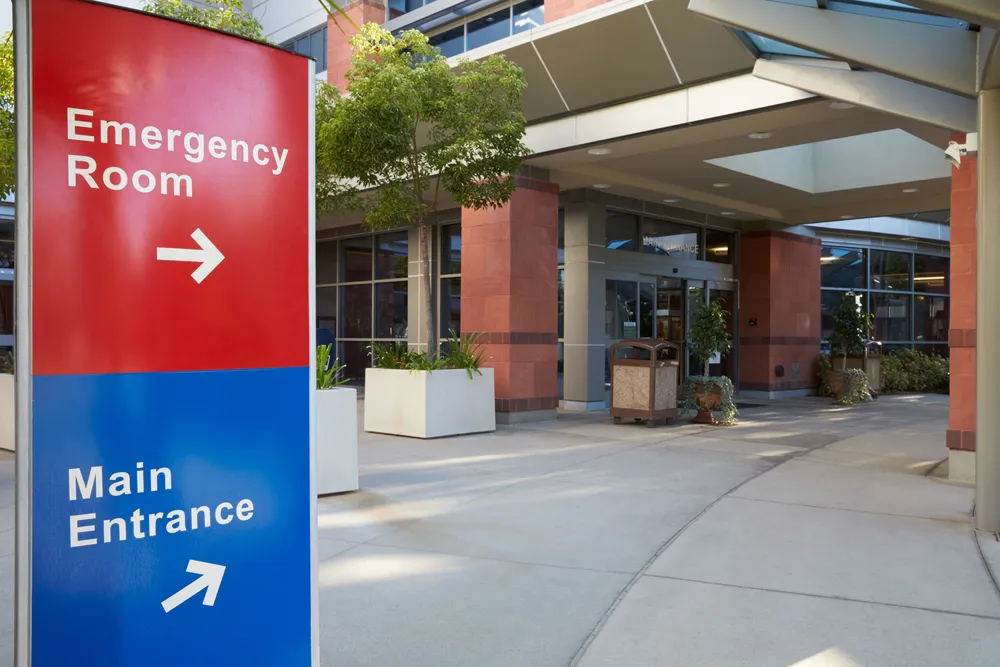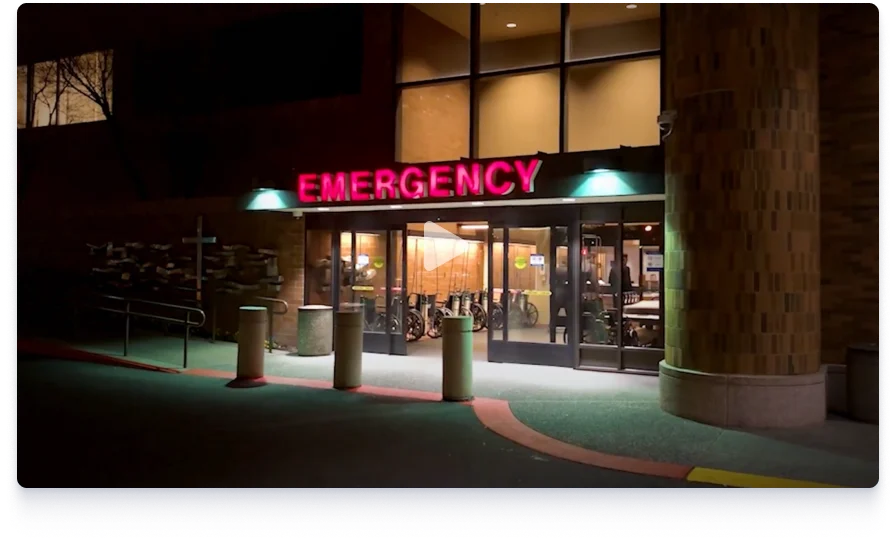California’s Assembly Bill 2975 represents a turning point in healthcare safety, shifting weapons screening from a voluntary safeguard to a statewide mandate. But for hospital administrators, compliance by 2027 is only the beginning. Sustaining long-term success requires planning beyond the deadline, aligning financial resources, upgrading technology, and integrating continuous improvement into everyday operations.
Financial Planning Should Look Beyond Equipment
AB 2975 requires hospitals to install detection systems at main public, emergency, and labor and delivery entrances, but the real financial commitment comes after installation. Each screening point must be staffed by trained, non-clinical personnel, adding recurring payroll and scheduling complexity. Every screener will require at least eight hours of training in device operation, de-escalation, and implicit-bias awareness, leading to ongoing costs for refresher sessions and onboarding.
Beyond staffing and training, and the initial purchase of a weapons detection system that meets the requirements set by Cal/OSHA, hospitals must account for hidden and indirect expenses:
-
Maintenance and service contracts for calibration, software updates, and system uptime
-
Infrastructure modifications, such as new power or network lines, which may need to be reviewed by the HCAI
-
Operational impacts from slower throughput, signage, and patient communication efforts
-
Policy and documentation updates to align with evolving Cal/OSHA rules
Budgeting for these line items across multiple fiscal years, and even ahead of the 2027 compliance date, rather than as one-time capital purchases, will keep compliance sustainable instead of reactive.
Continuous Improvement as a Compliance Strategy
Meeting Cal/OSHA’s initial requirements is not a finish line—it’s a foundation. Hospitals that document performance metrics, track false alarm rates, and measure staff readiness will be best positioned for future audits and updates. Continuous improvement programs can transform compliance from a checklist into a learning cycle, where lessons from drills, community feedback, and incident reviews inform policy refinements. Tracking key performance metrics, such as false-alarm rates and entrant feedback, can help identify where procedures, training, or infrastructure need refinement.
Embedding this “post-compliance” mindset helps hospital security programs mature over time, strengthening both safety and staff confidence. Updating policies, onboarding, and training documents with lessons from drills, incident reviews, and community feedback, and incorporating these into annual security reviews, turns compliance into a living process. Hospitals that maintain transparent documentation and measurable outcomes will be better prepared for audits and future updates to the state’s workplace-violence standards.
Preparing for the Next Wave of Technology
As AI and analytics reshape security technology, hospitals must anticipate system evolution from day one. The newest detection platforms already integrate with video analytics, access control, and incident management systems to create unified situational awareness. Choosing upgradeable, network-ready screening systems today will prevent costly retrofits in the future. Hospitals should also assess vendor stability and update frequency, as AI-based platforms rely on continuous algorithm improvement to maintain accuracy and minimize false alarms. Future-proofing these investments ensures hospitals can adapt as standards, threats, and expectations evolve.
Future-ready systems not only help hospitals stay compliant as standards evolve, but they also reduce long-term costs by avoiding full replacements when new capabilities, such as analytics-based threat assessment, become available. Choosing technology with clear upgrade pathways and vendor transparency ensures continuity as both regulations and risks change.
Leading the Way in Patient and Workforce Safety
Hospitals that act now to integrate long-term planning, financial modeling, and technology foresight will emerge as statewide leaders in healthcare security. Early adopters will set the operational benchmarks that shape Cal/OSHA’s enforcement culture—demonstrating that compliance and compassion can coexist. Ultimately, the hospitals that view AB 2975 as an opportunity rather than an obligation will lead in both regulatory readiness and community trust.




